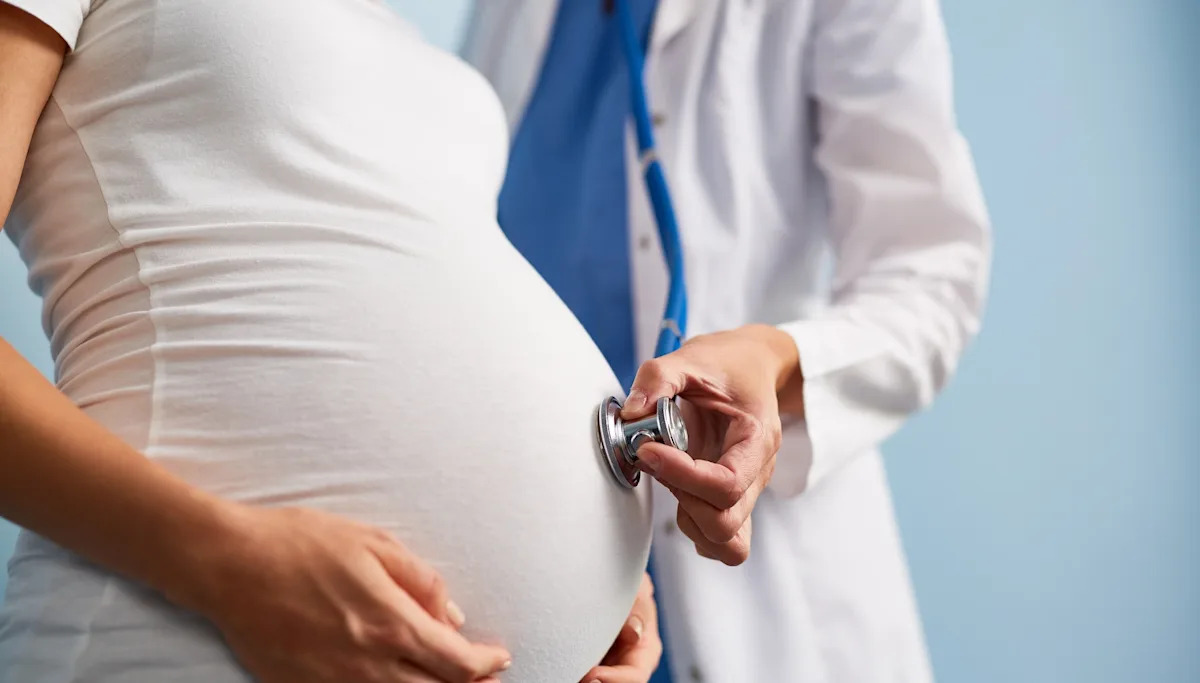The everyday use of plastics could have negative downstream effects on the health of unborn babies, scientists have found.
What’s happening?
A study has revealed that exposure to microplastics in the womb is associated with an elevated risk of miscarriage, as Environmental Health News reported.
In a study of 31 pregnant women in Zhejiang, China, researchers found that those who spontaneously miscarried had a far higher concentration of microplastics in their placentas than those who didn’t.
The association should not be taken to mean that microplastics directly cause miscarriages, since the mechanisms of action are unclear.
Still, according to researchers, per EHN, “the internalization and accumulation of [microplastics] pose considerable health risks, particularly during pregnancy, which is a sensitive window for environmental changes.”
Previous studies have found microplastics in human placentas, but scientists have yet to determine the route by which these contaminants settle in this tissue.
The authors of this study set out to answer that question by surveying participants about activities that could increase their exposure to microplastics. They found that women who regularly drank bottled water or ate seafood had higher concentrations of microplastics in their placentas.
The researchers caution that more studies with larger sample sizes need to be done to explain exactly how microplastics affect fetal development.
However, their findings suggested that maternal exposure to common plastic items could pose a risk to fetal health.
Why is microplastic pollution important?
Plastics are everywhere, from the clothes we wear to the containers we use to store our food.
As plastics break down, they shed tiny microplastic particles that can reenter our bodies through ingestion or inhalation.
Microplastics have been found in rainwater, on Mount Everest, and even in our cells’ mitochondria.
The authors of the new study suggested that women who regularly consume seafood could have higher placental microplastic concentrations because of the extent of plastic pollution in the ocean.
Scientists don’t yet fully understand how microplastics affect our bodies, but some studies have suggested that they could harm our reproductive health and increase our risk of cardiovascular disease.
What’s being done about human exposure to microplastics?
While researchers are working on figuring out how microplastics affect the human body, people can mitigate their risk by limiting exposure to single-use plastics as much as possible.
Simple steps like switching to a reusable water bottle and avoiding plastic food containers can cut down an individual’s exposure to microplastics, helping create a cleaner environment and a healthier future.
Join our free newsletter for weekly updates on the latest innovations improving our lives and shaping our future, and don’t miss this cool list of easy ways to help yourself while helping the planet.

